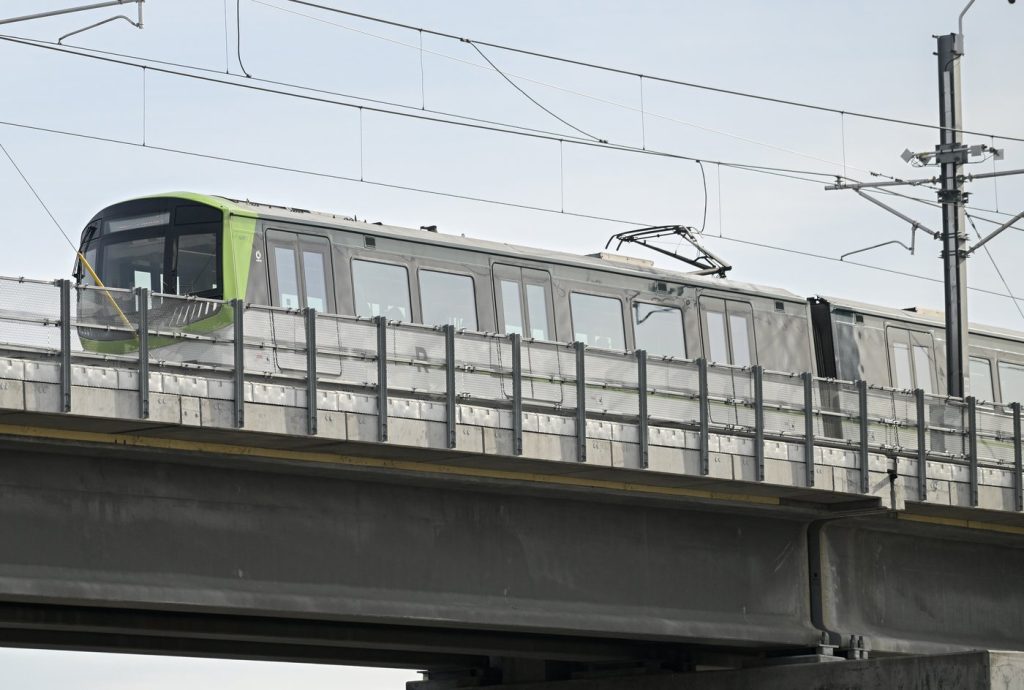MONTREAL – The city of Montreal is set to expand its light-rail system, with the opening of the Deux-Montagnes line scheduled for November 17, 2025. This development is part of the broader Réseau express métropolitain (REM) network, which aims to enhance public transportation connectivity across the region.
The new branch will feature 14 stations, three of which will serve as connections to the existing metro system. This integration is expected to facilitate easier transfer between the REM and Montreal's underground transit services, providing greater accessibility for commuters.
The Deux-Montagnes segment represents an extension of the Brossard line, which includes the initial five stations of the REM network that had opened earlier in July 2023. This segment connects the South Shore of Montreal to the downtown area, significantly improving the commute for residents in these regions.
However, due to ongoing testing for another segment of the network that is scheduled for completion in spring 2026, part of the new line will cease operations at 9:30 p.m. This measure illustrates the careful planning and safety considerations being implemented as the network expands.
Once fully operational, the REM network will stretch an impressive 67 kilometers and will consist of a total of 26 stations. The project is reported to have an estimated cost of $9.4 billion, reflecting the significant investment made in upgrading the city's public transport infrastructure.
One of the key highlights of the REM expansion is the future connection to Montréal-Trudeau International Airport, which is projected to open in 2027. This addition will further enhance travel efficiency, allowing passengers to reach the airport directly from various parts of the metropolitan area.
The successful implementation of the REM network is poised to address long-standing transportation issues in Montreal, offering residents a reliable and efficient alternative to road travel. As the city continues to grow, the expansion of public transit facilities remains a critical component of urban planning and development.










